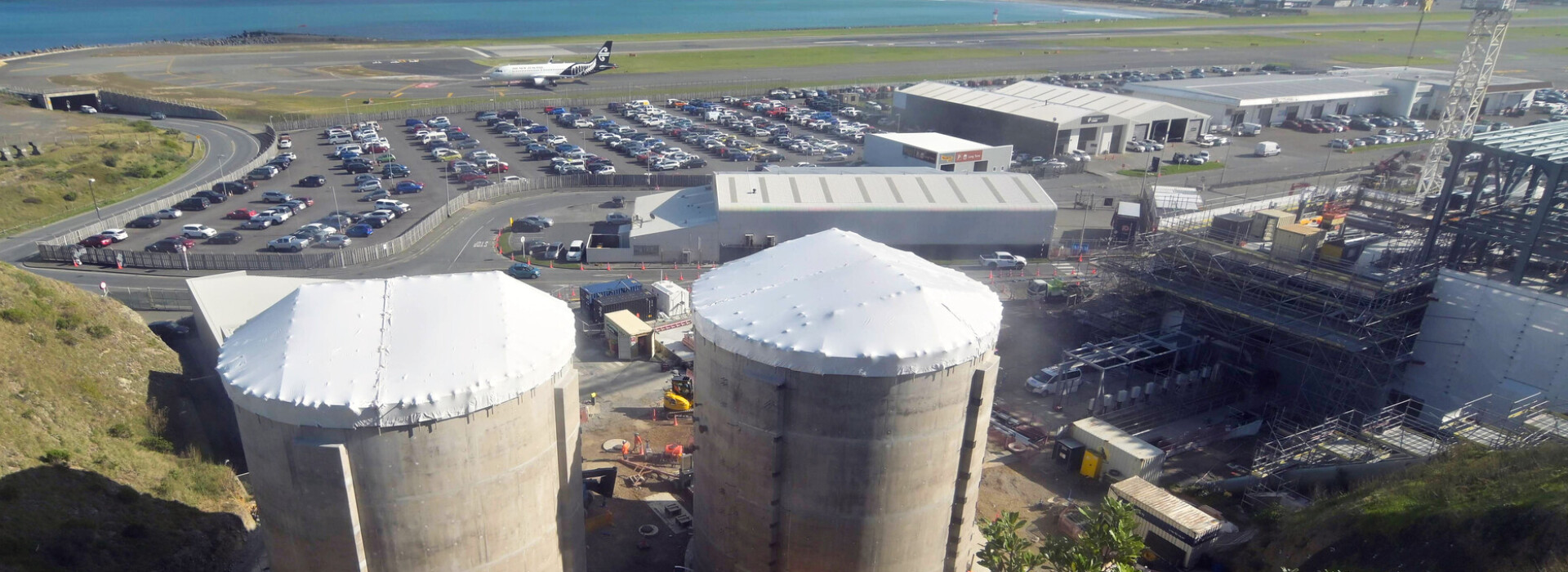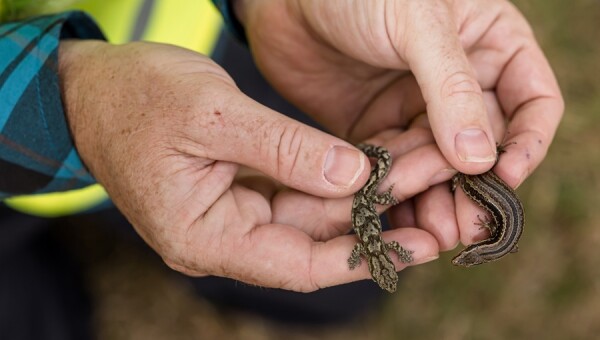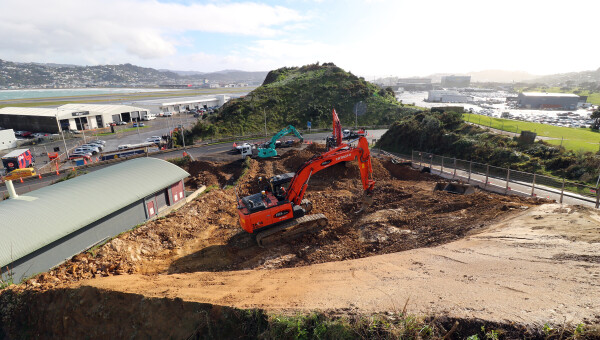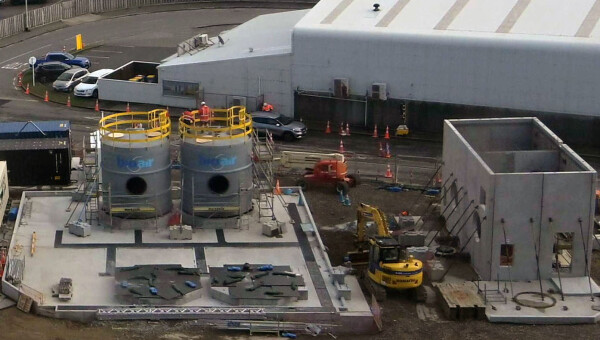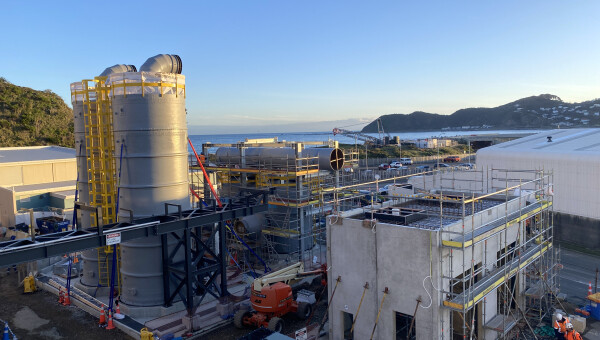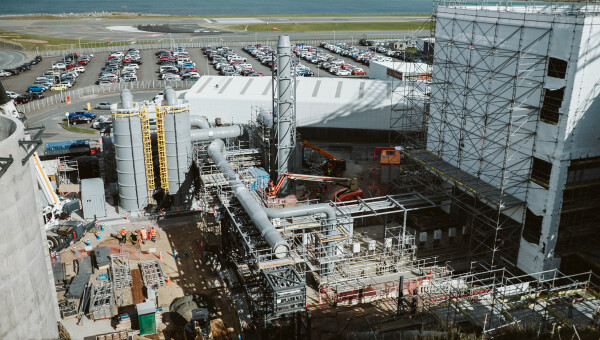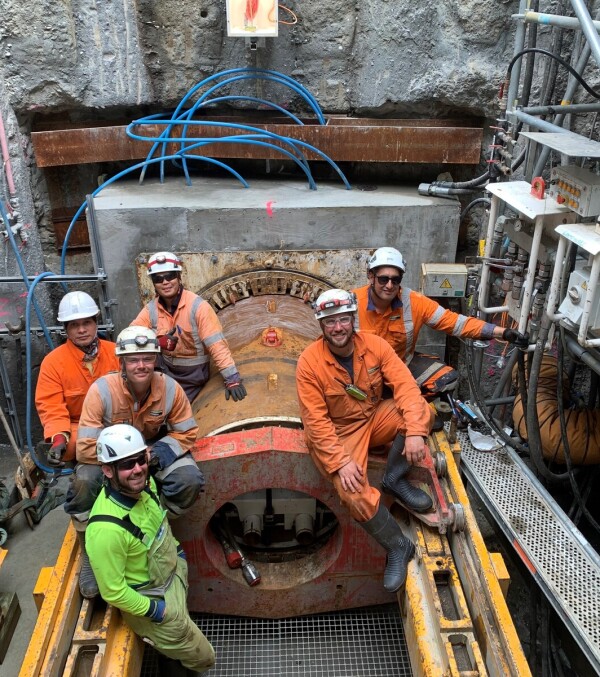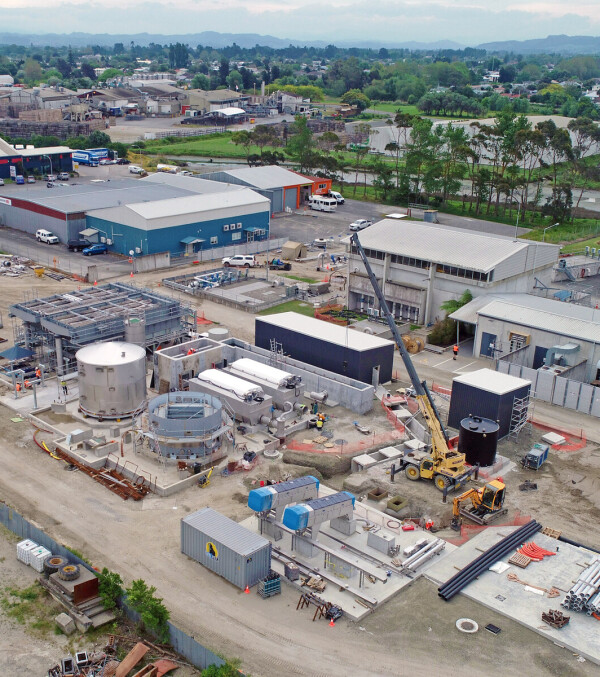|
Customer: Wellington City Council Contract: Construct Location: Moa Point, Wellington |
Fast Facts:
|
McConnell Dowell and joint venture partner HEB are building the first wastewater treatment plant in New Zealand with thermal hydrolysis technology - the Wellington Sludge Minimisation Project, also known as Te Whare Wai Para Nuku - for Wellington City Council.
Te Āti Awa Taranaki Whānui gifted the project its name, which encompasses the mana of the facility, the cutting-edge processes it will perform, and the spiritual transition of the wastewater from tapu (restricted or sacred) to clean water, or noa (free from tapu).
The world-class plant will use thermal hydrolysis, which works like a 'pressure cooker' to heat and dehydrate wastewater under pressure. This process sterilises it, reducing the volume of the sludge by up to 80 per cent, and making it more biodegradable.
The plant is designed to reduce, reuse and recycle materials wherever possible. Biogas, which is produced when bacteria break down waste, will be collected and used to generate electricity to help power the facility, reducing the plant's carbon footprint.
The sustainability benefits include:
- reducing sludge volumes by up to 80%
- reducing carbon emissions from the treatment and processing process by 60%
- minimising the amount of waste going to landfill
- producing a low-odour stabilised (inert) product
- treating the sludge so it can be used productively, as a soil conditioner, fertiliser, and fuel for industrial heat.
The team began testing and commissioning in October, and the project is planned for completion in late 2026.
Check out the project's progress in our monthly newsletter:
Latest progress on the project in the videos below
Te Whare Wai Para Nuku - the story of the project's name
Te Āti Awa Taranaki Whānui gifted the project a name that speaks to the importance of the new plant - Te Whare Wai Para Nuku. The meaning of the name encompasses the mana of the facility, the cutting-edge processes it performs and the spiritual transition that the wastewater undergoes within the plant, changing it from from tapu (restricted or sacred) to noa (free from tapu).
The name of the sludge minimisation facility refers to Te Whare being the facility itself, and how it safely holds high volumes of kene–biosolids, or sludge.
Wai Para describes the water left in the kene or sludge after it has been treated first in Te Whare Wai Tapu Noa (the wastewater treatment facility), before it flows to Te Whare Wai Para Nuku. This water is not safe to go directly back into Tangaroa, the sea.
Para is a word often used to mean waste. It refers to the tikanga of excess fibre discarded by kairaranga who weave and care for harakeke, or flax. The excess fibre from the weaving process is discarded in specific areas that don’t negatively affect Māori Kāinga, and then returned to the whenua or land so it can again become one with Papatūānuku.
In this context, para refers to the extracted kene from waimate (dead water, water deemed unsafe), like para is extracted from harakeke.
‘Nuku' speaks to how the treatment processes mimic natural decomposition processes and will use modern technology to enable wai para and kene to go from a state of being tapu to noa before being used beneficially. It (nuku) is also a reminder to everyone of the purpose of the plant, the ongoing improvement and the elimination of harmful waste.

